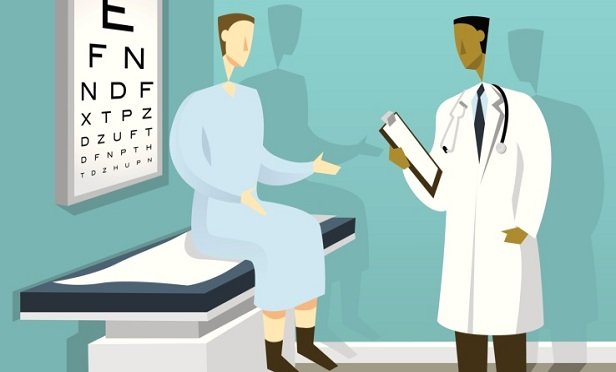 Despite the acceptance of telehealth, some procedures will always require an in-person visit, while others are simply more comfortable in person.
Despite the acceptance of telehealth, some procedures will always require an in-person visit, while others are simply more comfortable in person.
Telehealth services have been an important part of health care providers' offerings since the start of the COVID-19 pandemic. The spike in utilization after the initial wave (from 1% of visits to 50% in one month) has slowed down, according to Amwell, but the telemedicine provider believes consumers' and physicians' embrace of tech-based health care is not temporary.
Recommended For You
Although 70% of the 600 providers surveyed by Amwell said they expect to still use telehealth "sometimes or frequently" in three years, there are some gaps that need to be addressed before the technology is fully entrenched in the health care landscape:
- Expanding types of care. Amwell noted that telehealth isn't limited to urgent care, with more providers and consumers using it for primary, chronic and specialty care. Services need to continue branching out in order to provide "a seamless experience for patients and providers."
- Integrating platforms. Speaking of seamless, Amwell found 21% of physicians surveyed use three or more telehealth platforms. Usability is critical to patients and doctors alike, and users need platforms that play well with each other.
- Improving access and education. Although telehealth eliminates some barriers to accessing health care, it creates some new ones. Amwell found many consumers still aren't sure how to access virtual care, and in rural or tribal areas, fewer than two-thirds of people have the high-speed internet needed to support those services. On the physician side, determining when telehealth is an appropriate alternative to in-person care, or how to be reimbursed, are challenges to further implementing the technology.
Consumers had a generally positive experience with telehealth, Amwell found. Of the more than 2,000 consumers Amwell surveyed, nearly a quarter had used virtual medicine in some capacity and 91% were satisfied with the experience. Three-quarters expect to use it even after the threat of COVID-19 passes.
Amwell anticipates health care will adopt a hybrid in-person and virtual model. "We expect to buy clothes from an online retailer and return them at the store down the street — or to buy clothes at the store and have them delivered to our home two days later," the company wrote in the report.
Some procedures will always require an in-person visit, Amwell pointed out — immunizations, blood work, imaging — while others are simply more comfortable in person. The survey found just 48% of physicians and 29% of patients were willing to use telehealth for their first meeting.
Other findings of note:
- Generational attitudes toward telehealth hew pretty close to preconceived notions about tech-savviness, with one notable difference. Gen Z's reluctance to use telehealth is on par with boomers, and well below their millennial and Gen X counterparts.
- Among doctors and patients alike, there was wide acceptance for using telehealth to renew prescriptions. However, patients showed surprisingly little willingness to use it for mental health check-ins. Across all age groups, a third or fewer said they would be willing to use a video visit for regular mental health check-ups.
Read more:
© 2025 ALM Global, LLC, All Rights Reserved. Request academic re-use from www.copyright.com. All other uses, submit a request to [email protected]. For more information visit Asset & Logo Licensing.







